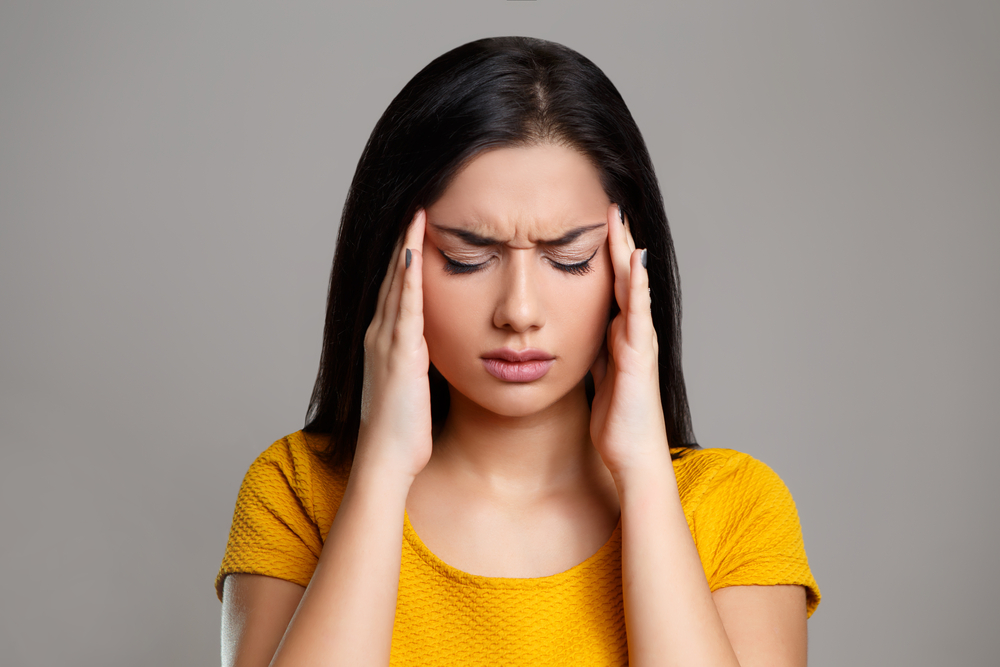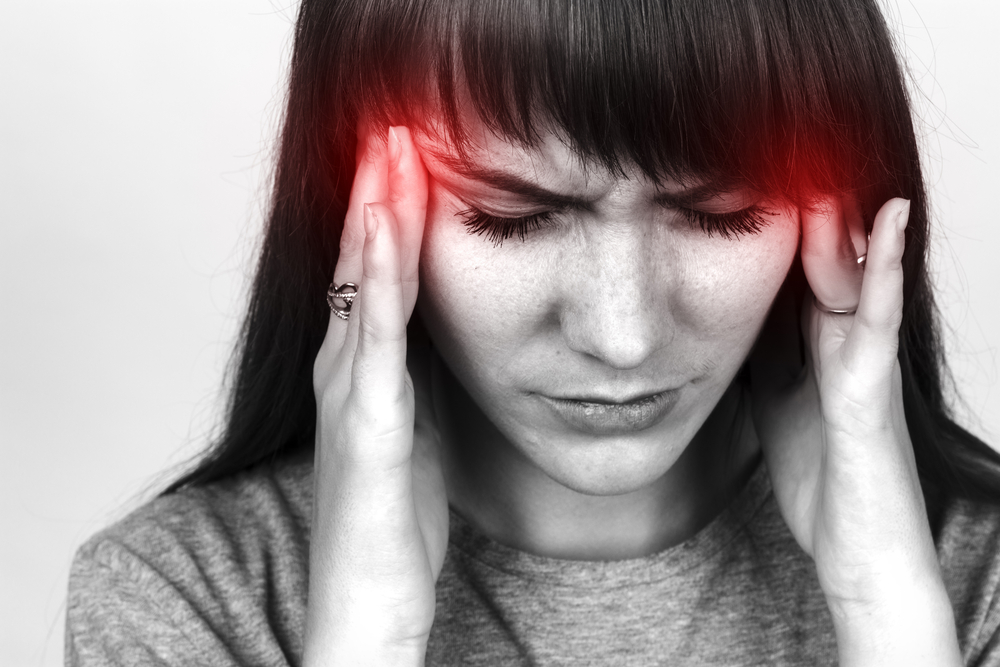Comprehensive Guide to Preventing and Managing Migraines Effectively
This comprehensive guide explores effective strategies for managing migraines through medication, lifestyle modifications, and innovative devices like Cefaly. It emphasizes personalized treatment plans, the importance of diagnostics, and holistic approaches including natural remedies and therapy options. Practical advice on triggers, preventive measures, and professional consultation aims to empower sufferers to reduce attack frequency and alleviate symptoms, improving quality of life. Learn how combining traditional and alternative therapies can lead to effective migraine management for long-term relief.

Comprehensive Strategies for Preventing and Managing Migraines
Understanding the underlying causes of migraines is a critical first step toward effective management. Migraines are complex neurological events that can significantly impair daily life, but with proper knowledge and tailored treatment plans, sufferers can experience relief. Typically, migraines are triggered by a combination of factors including emotional stress, hormonal imbalances, dietary choices, sleep disturbances, genetics, and environmental influences. Identifying your specific triggers through careful observation and medical consultation enables you to develop a personalized approach to prevention and treatment.
To accurately diagnose migraines, consulting a neurologist is essential. They will review your comprehensive medical history, conduct physical and neurological examinations, and may order diagnostic tests to rule out other conditions. Common tests include blood work, Magnetic Resonance Imaging (MRI), Computed Tomography (CT) scans, and sometimes lumbar punctures. These help to identify potential underlying issues such as infections, tumors, bleeding, or neurological disorders that may mimic or contribute to migraine symptoms.
Migraines often manifest as intense, throbbing headaches, usually localized on one side of the head. However, they may also involve neurological symptoms such as visual disturbances, flashing lights, or temporary loss of vision. Many sufferers experience additional symptoms like nausea, vomiting, sensitivity to light (photophobia), and sound (phonophobia). Understanding these symptoms can help differentiate migraines from other types of headaches and guide appropriate treatment strategies.
Prevention and relief of migraines involve a combination of medication, lifestyle changes, and complementary therapies. Treatment plans are highly individualized, considering factors such as the frequency and severity of attacks, gender, age, and overall health. A neurologist can help design a comprehensive plan that reduces attack frequency and alleviates pain during episodes.
Here are the six primary medical options for migraine relief:
Pain relievers: Over-the-counter or prescription medications like combined aspirin, caffeine, and acetaminophen are used to address acute pain. These are effective for initial relief but must be used cautiously to prevent medication overuse headaches and other side effects.
Ergotamine derivatives: These are effective in treating prolonged migraines lasting over 48 hours, especially when combined with caffeine. However, their use is limited due to potential side effects like nausea, dizziness, and vascular constriction. Dihydroergotamine offers a safer alternative with fewer adverse effects.
Tryptamine medications (Triptans): These medications work by constricting blood vessels and blocking pain pathways in the brain. They are highly effective but are contraindicated for individuals with cardiovascular issues.
Opioids and corticosteroids: Reserved for severe, uncontrolled migraines, these medications are used sparingly due to potential dependency and side effects. They are generally considered after other options have failed.
Anti-nausea drugs: Often prescribed alongside pain medications, these help manage nausea and vomiting, common symptoms during migraine attacks that can worsen overall discomfort.
Preventive medications: Regularly taken drugs like certain antidepressants, anti-seizure medications, blood pressure medications, and Botox injections can significantly reduce the frequency and severity of migraines. Preventive therapy is crucial for those with frequent or debilitating attacks.
Additional non-pharmacological therapies play a vital role in managing migraines. These include massage therapy, acupuncture, biofeedback, cognitive-behavioral therapy (CBT), and dietary supplements like vitamins, herbal extracts, and minerals. Lifestyle factors are equally important; maintaining a consistent sleep schedule, practicing relaxation techniques such as meditation, and managing stress are key to reducing attack frequency. Avoiding known triggers like alcohol, tobacco, and certain foods, as well as limiting caffeine intake, can also be very effective.
Natural remedies and alternative devices are gaining popularity among migraine sufferers. Supplements like butterbur, feverfew, and coenzyme Q10 have shown varying degrees of effectiveness in clinical studies. Additionally, innovative devices like Cefaly, an FDA-approved neuromodulation device, offer a non-invasive approach to migraine prevention. Cefaly works by sending electrical impulses through a headband to stimulate facial nerves associated with migraines, providing relief over time with regular use. Using Cefaly daily for about 20 minutes has been shown to reduce the severity and frequency of attacks, functioning similarly to acupuncture or massage therapies.
It is extremely important to seek professional medical advice before starting any new treatment, medication, or device. Misuse or overuse of migraine therapies can lead to adverse effects, medication dependence, or rebound headaches. A healthcare provider can help determine the safest and most effective combination of therapies tailored to your individual needs.
In summary, managing migraines effectively involves understanding their root causes, adopting a combination of medication and lifestyle changes, and exploring complementary therapies and innovative devices. With proper guidance and commitment, many sufferers can significantly reduce the impact of migraines on their lives and improve their overall well-being.





